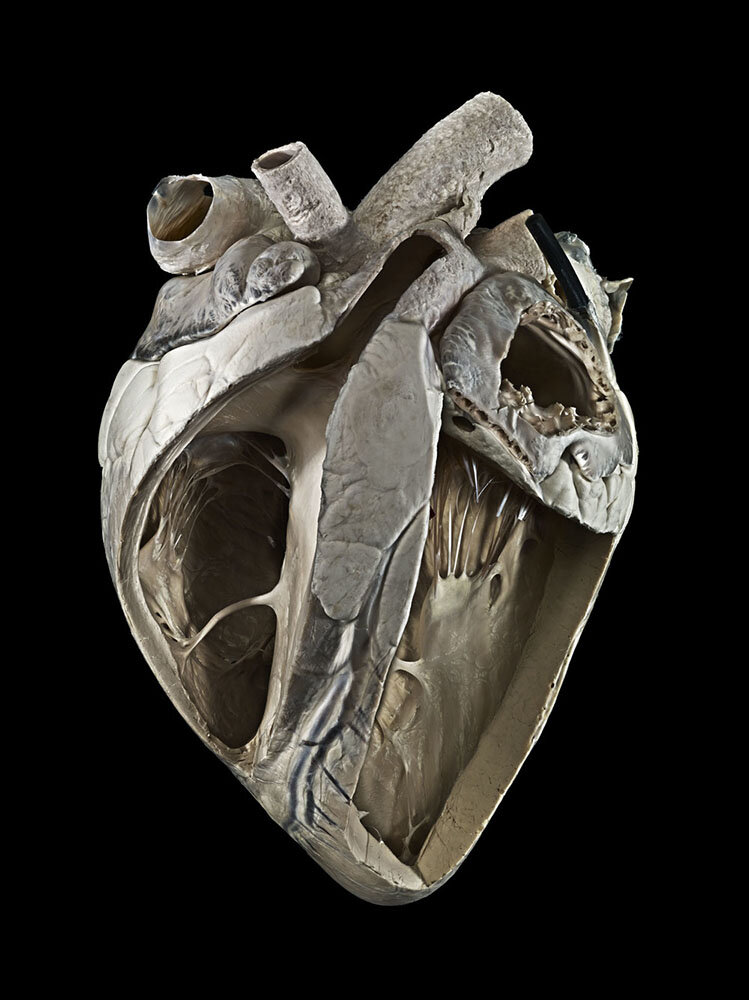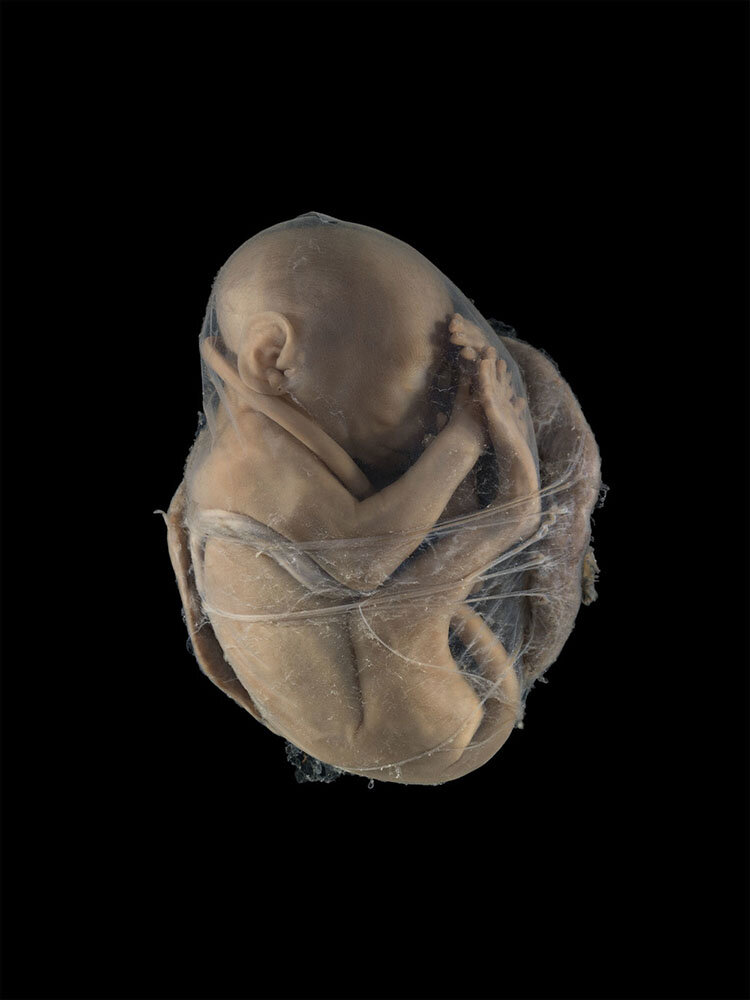Form Follows Function / Anatomy Specimens
WINNER: 2015 Wellcome Image Awards
RVC shares anatomy images with Wellcome Trust
The eMedia Unit has been working with the Wellcome Trust to share images of anatomical specimens at the RVC. These range from historical dissections stored in formalin pots - brought alive by the latest in digital photography.
All images have been shot in the intern Anatomy Museum of the Royal Veterinary College, London.
Mick was honoured to be the recipient of the Wellcome Images Award 2015 for this series of work.
From the Wellcome Trust: ‘Our judges were unanimous in their decision, as James, Fergus and Sir Tim explain:
“As far as standout images go, the image of the horse’s uterus with the fetus was incredible and just sticks in my mind. It evokes many different emotions at once: it’s fascinating, sad, macabre, almost brutal. Yet the subject is also delicate, detailed and beautiful. The image shows us a large and magnificent creature reduced to this sad, fragile and half-formed creation, which I find very humbling.”
James Cutmore, Picture Editor of ‘BBC Focus’
“Those rear legs of a horse from an equine uterus – a compelling and haunting image.”
Fergus Walsh, Medical Correspondent for the BBC
“My favourite picture is of the equine uterus. Its presentation is hypnotic, like a Hieronymus Bosch painting… only it is real and truly marvellous.”
Sir Tim Smit, Founding Director of the Eden Project’
All images in this section are from:
Royal Veterinary College
Royal College of Surgeons of England
UCL Pathology Museum
Berliner Medizinhistorisches Museum der Charité
















